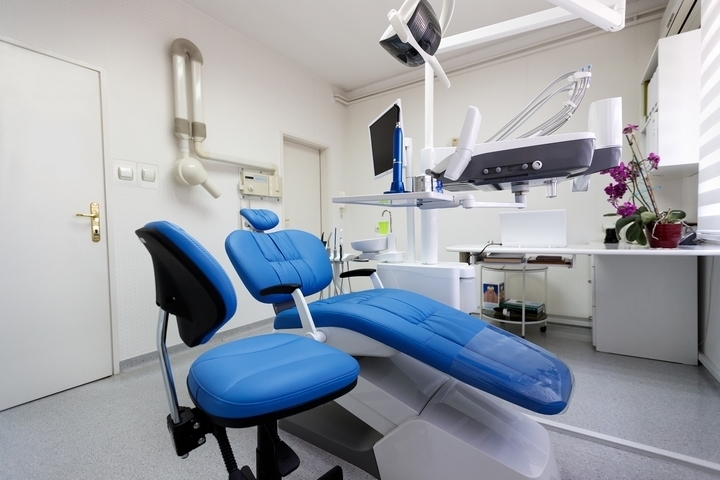Experiences at the dentist can vary for patients from extraordinary to awful. This concerns the quality of dentistry services and the patient’s perspective as they enter an environment they may be fearful of or uncomfortable with. A patient may enter with stress and anxiety about going to the dentist, and providing a calm, quality patient experience is how a dentistry professional can counteract those complicated feelings.
Here are some important dentistry patient care tips to help you capture, keep, and honour your patients.
Tip #1: Train Your Staff In Patient Care

Lay out a set of best practices for patient care, and ensure all staff in your dental office are fully trained and made aware of those standards.
Tip #2: Have a Warm, Welcoming Reception

Your reception staff should be able to help make patients feel calm and cared for. The reception area should have comfortable chairs and a nice smell; it should be somewhere where a patient won’t feel isolated or uncomfortable. Have a peaceful colour theme and soothing visuals surrounding the room.
Tip #3: High-Quality Dental Supplies

There is no room in a dentist’s office for poorly made dental supplies. Ensure what you are using for dental supplies and equipment is premium-grade, comfortable for the patient, safe, and manufactured well. Communicate with your dental suppliers regularly to maintain your inventory.
Tip #4: Ask Beforehand About Accommodations

Every patient may have different needs. Offer sedation for anxious patients. If a patient is disabled, ask them what accommodations can be made. Ask about preferences or needs, such as if they would enjoy listening to a certain type of music during treatment or if they would like a blanket.
These are all important questions with answers that will only enhance patient care.
Tip #5: Offer Complimentary Add-Ons

Consider ways to add to the patient care experience as a patient waits to be seen. Free WiFi is popular, as is having a coffee station where one can go and make a coffee or tea at no cost.
Consider an area where young patients or patients with children can bring their children to play quiet games. These extras matter and can help pass the time if it’s a particularly long wait to see someone.
Tip #6: Ensure Every Room Is Clean

From reception to the treatment rooms, ensure everywhere is clean and tidy. No trash on the floor. No streaks on the windows. Bathrooms that are equipped with toilet paper and paper towels. No foul smells. Regular sanitization is key.
Tip #7: Make a Conversation With The Patient
Light conversation when you first meet your patient and throughout the conversation can help put things at ease. It won’t have the patient silently worrying about the treatment, and casual conversation is a welcome distraction.
Tip #8: Carefully Explain Treatment

To improve patient satisfaction and reduce the likelihood of miscommunication, carefully explain the treatment they are about to be put through.
Allow patients to ask questions or stop you if they have something to say. Ensure they know what will happen and how long it may take. This sets appropriate expectations.
Tip #9: Use Plain, Gentle Language

Take note of any technical jargon that a patient may not fully know or words that may cause anxiety – such as drill – and eliminate them from the dentist-patient communication. Use plain language at all times.
Tip #10: Don’t Ignore Signs of Distress

A patient may not be able to speak up during treatment, but if you notice signs of distress or potential problems, make sure your patient is okay with continuing. Be on the lookout, and do not ignore such signs.
Tip #11: Use New Tech In Your Office

Consider how new dental technology can work into your practice and the patient care experience where appropriate. Examples include a dental cone-beam computed tomography system, intraoral cameras, chairside dental CAD/CAM system, laser cavity detection tools, and rotary endodontics instruments.
Tip #12: Have TVs Mounted In Every Room

More dentists use mounted flat screens where patients can watch TV during their appointments. This helps distract and relax patients and ensures they aren’t exclusively focusing on what’s going on in their mouths.
Tip #13: Encourage Regular Check-Ups

While this may seem to some as just trying to encourage them to return to charge for another appointment, regular check-ups ensure teeth are not neglected. Problems can be detected early, making them far easier to treat and potentially less painful.
Tip #14: Keep In Touch with Patients

Check-in with patients a week after treatment. Find out their preferred method of communication – such as text, phone, or email – and use it. Make a patient feel cared for and valued, and a dentist’s office can do that by taking a genuine interest in their aftercare.
Tip #15: Make Yourself Easy To Contact

A patient should know how to get ahold of you if there is an issue with their care. Be available by phone. Have a website and an email. Ensure you’re also monitoring social media channels for comments and direct messages.




